Thin, straight glass bars are known as glass rods. Glass rods are entirely solid, whereas glass tubes contain a hollow middle. Although they are also available in other shapes, these are primarily cylindrical. As a result, this glass is less sensitive to heat than metals because it has a very low thermal expansion point and is less sensitive to thermal stress. Glass rods are used in a variety of industries, such as consumer electronics, research facilities, and other scientific disciplines. Read More…
S & S Optical has been leaders as glass fabricators in a variety of industries and markets for over 50 years. We offer a variety of different glasses to fit all of your needs. Also, we have a multitude of capabilities and services to offer-polishing, grinding, edging and more. To learn how we can fabricate your parts contact us today for a quote. We care about customers and quality service.
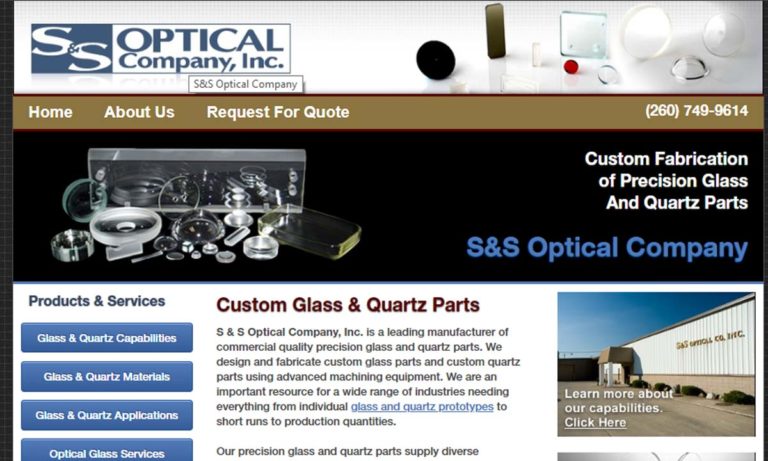
Glass cutting is a varied industry, and we have done it all for the past 50 years. We believe in manufacturing high quality glass products that will exceed customer expectations every time.
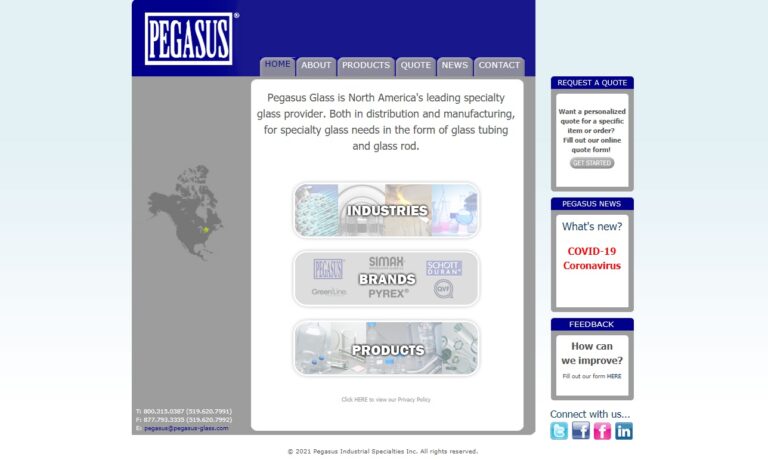
Founded in 1990, Technical Glass Products is a fabricator of Fused Quartz Glassware. We maintain a broad inventory of labware, flat stock, rod and tubes in addition to providing custom fabrication using state of the art equipment to suit your needs.
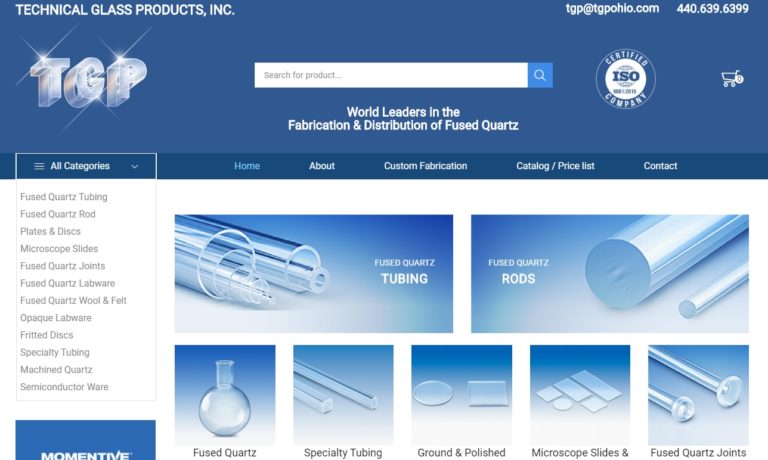
Coresix Precision Glass, Inc. is a fully integrated technical glass manufacturer specializing in high quality glass of all types. We are supported by a modern and fully integrated grinding department that can offer quality and cost effective manufacturing and fast delivery. Call us today for more information!

More Glass Rods Manufacturers
Glass rods come in a variety of sizes as well. Diameter options run from 4mm to 40mm. If necessary, specific dimensions can also be provided.
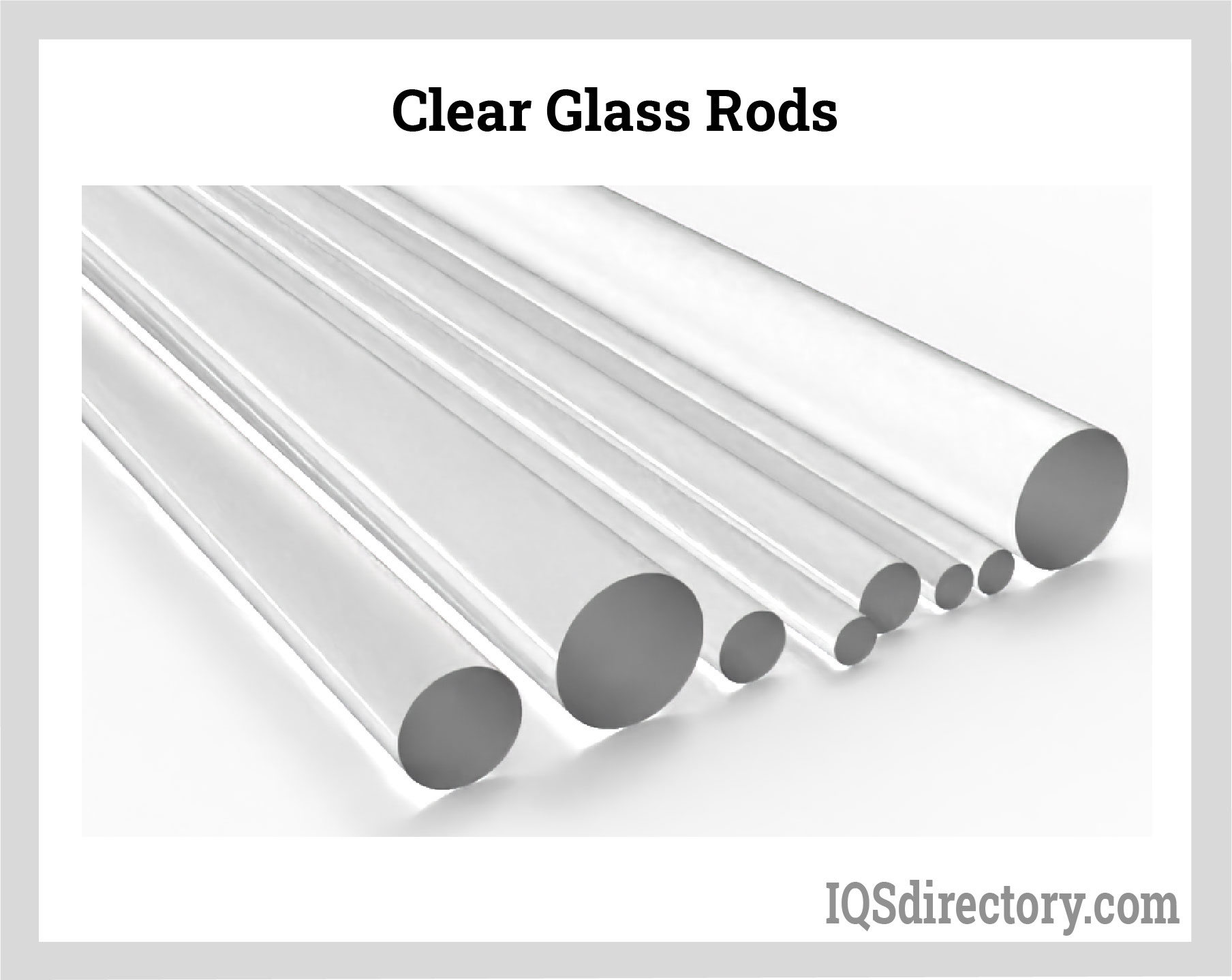
Types of Glass Rods
Borosilicate Glass Rods
Because of its exceptional qualities, including excellent corrosion resistance, inertness to nearly all chemicals, great thermal shock, and excellent transparency, borosilicate glass is frequently used in the chemical and pharmaceutical industries, electronic industries, and health and life science research and development laboratories. Glass rods made of borosilicate are frequently used as stirrers for blending various substances.
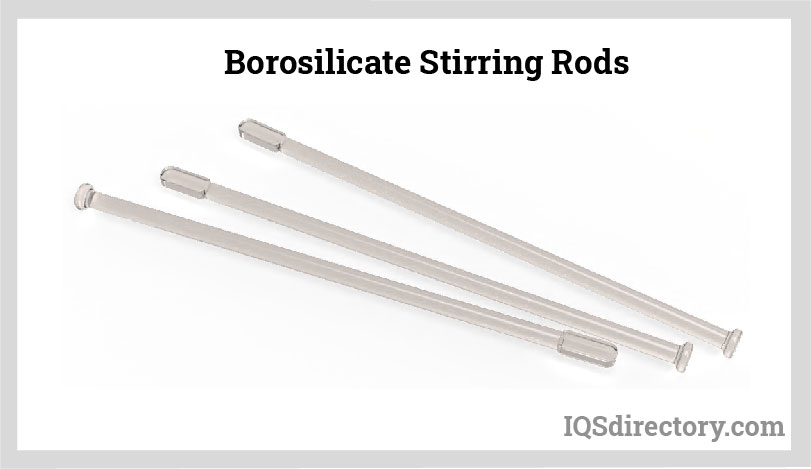
Amber Glass Rods
Iron, sulfur, and carbon are all melted and combined in a molten mixture to create amber glass. These elements give amber glass its distinctive color. Amber glass is dark. Hard glass rods in the electronics industry can also be made from amber glass.
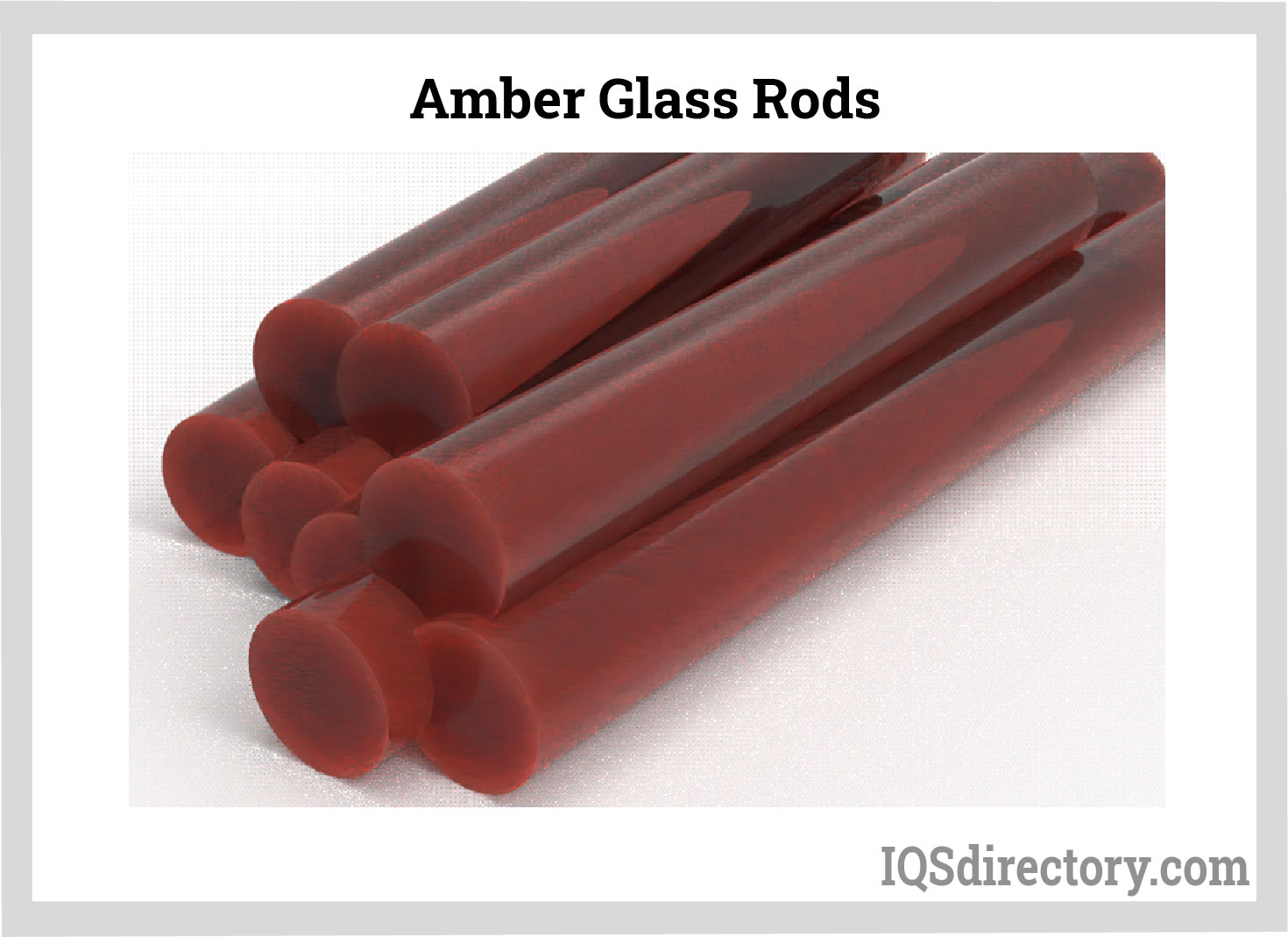
Quartz or Silica Glass Rods
Solid stock arrangements of fused quartz components make up quartz rods. High-purity quartz sand and crystal flour are used to make silica rods. It has a clear, smooth surface. Quartz can tolerate extreme circumstances since it is shock-resistant. Exceptional fire resistance, low coefficient of thermal expansion, high acid resistance (apart from hydrofluoric acid), and exceptional electrical properties are a few of quartz rods' characteristics. Additionally, the rods are quite pure. They work in various contexts, such as laboratories, semiconductors, sight gages, optical, pharmaceutical, and industrial operations.
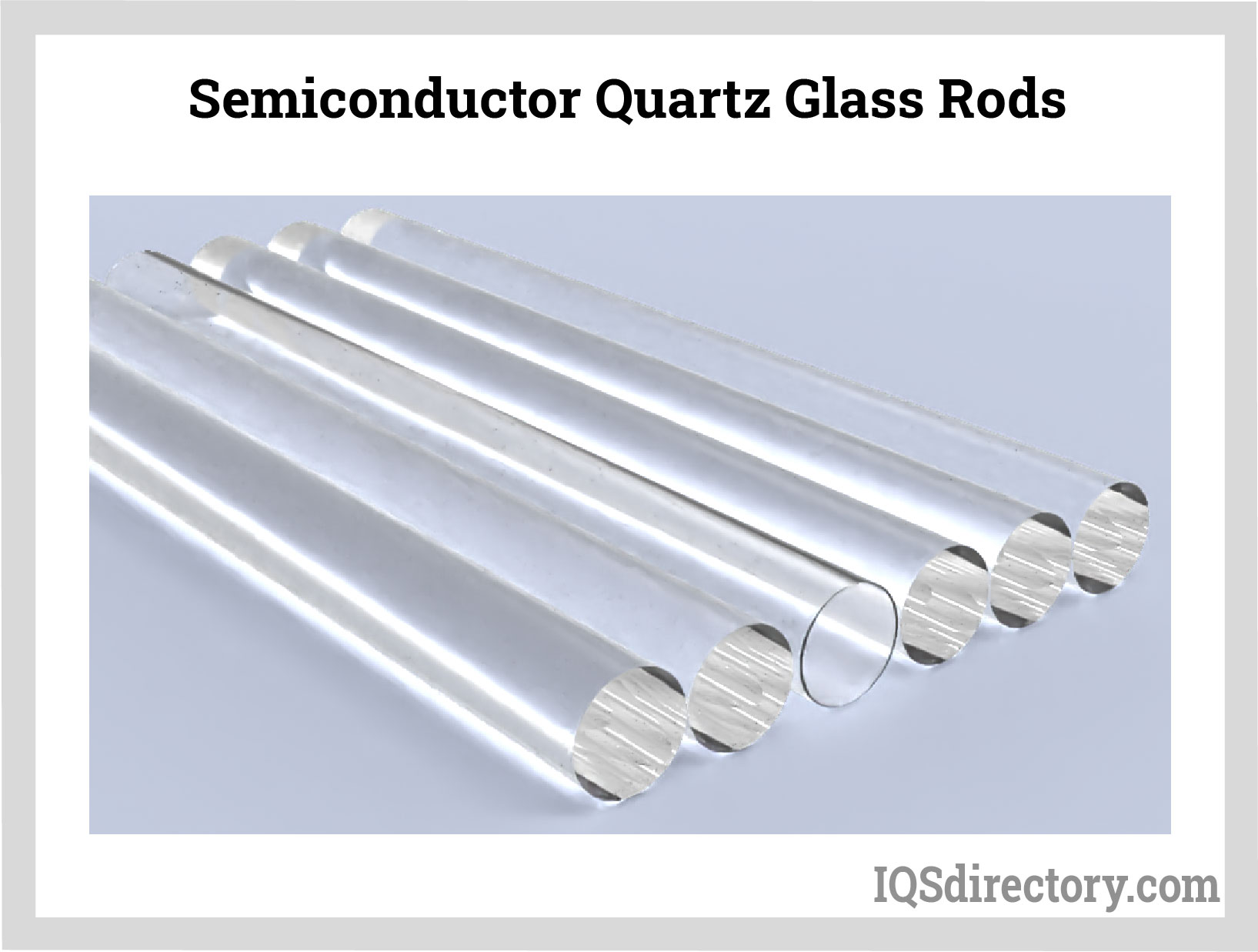
Fiberglass Rods
Flexible fiberglass rods that look circular are frequently used as framing in constructions like greenhouses. In addition, due to its application in kite frames and flag whips, it serves both commercial and recreational needs. Flexible fiberglass rods are best used for antennas because they don't carry electricity. In addition, long fiberglass rods are frequently utilized as a reinforcing core in applications where conductivity is a problem. Finally, fiberglass rods can be used to make fishing rods.
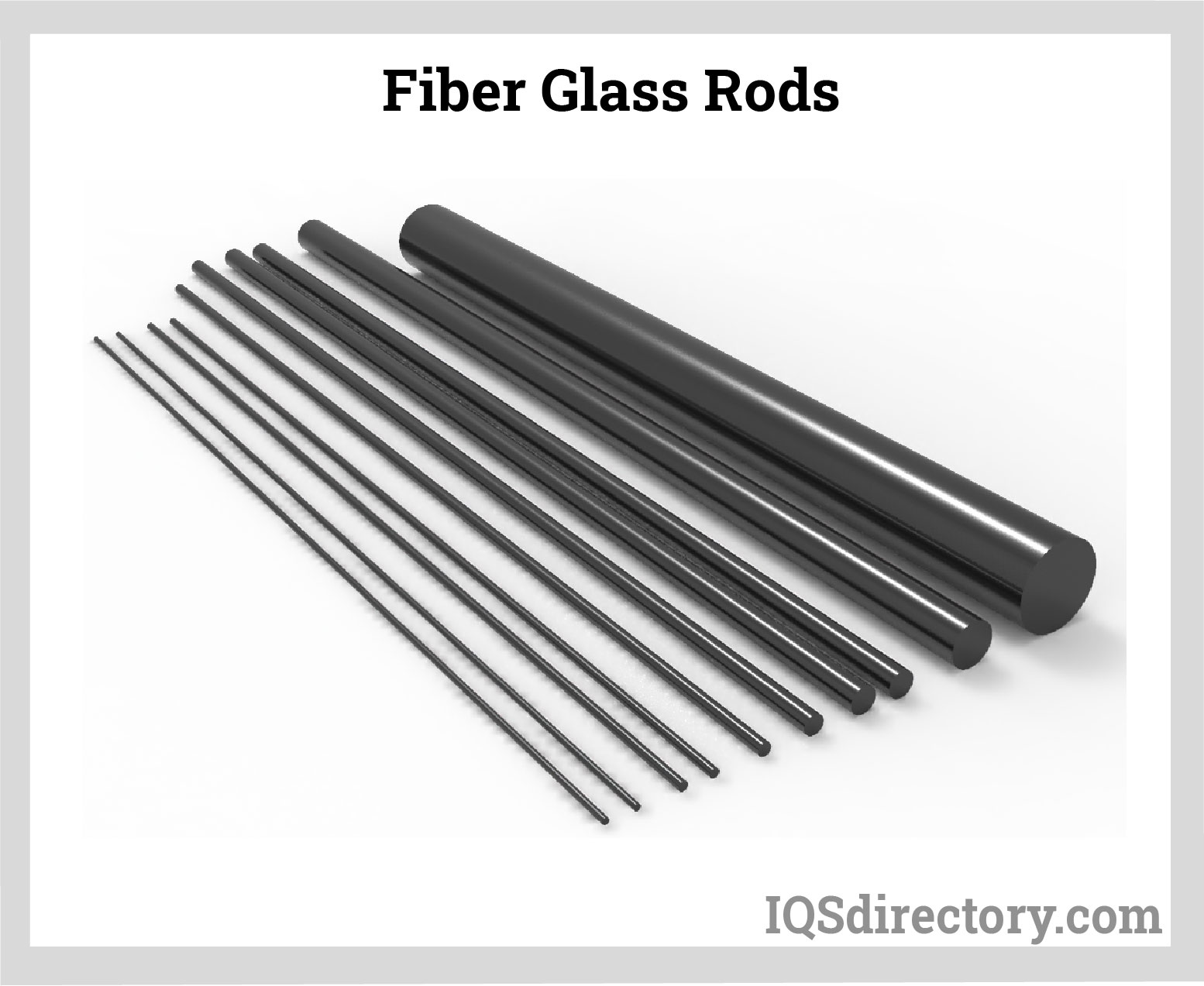
Applications of Glass Rods
- Experimenting with disappearing rods: Through this activity, students are introduced to a liquid's index of refraction. In this scenario, oil and water-filled beakers contain glass rods as the liquid. Since water and glass have different refractive indices, the glass rods are visible in the water. However, because the oil molecules have a refractive index that is extremely comparable to that of glass, the glass rods appear to vanish because light does not bend as it passes across the oil and glass contact.
- Glass rods can be used to demonstrate electricity through friction as well. This demonstration happens when two surfaces brush against one another. In this case, stroking a glass rod with silk causes it to release a negative charge. The triboelectric effect is a phenomenon that can occur with various materials. Silk and glass rods are frequently used to exhibit this effect because they are both accessible materials.
- Several glass rods with a big diameter are employed when making sight glasses. A sight glass, also known as a sight port window or a sight window, is an observation window that enables one to view fluid that has been held under conditions of high temperatures, tremendous pressures, and other harsh environmental factors.
- Glass stirring rods are typically employed in chemistry or biology studies in science labs. Stirring a solution, also known as agitation, speeds up a reaction, which is why stirring rods are crucial.
- In electronics, glass rods are also used to disperse liquids across a solid surface. However, a metal rod is favored over glass because metal is a better heat conductor. This choice is because free electrons exist in metal. Therefore, atomic vibration and free electron drift play a role in metals' conduction. In contrast, since glass is a non-metal, it lacks free electrons. As a result, it absorbs heat energy when heated and transfers it to other molecules through larger amplitude vibrations of its atoms. As a result, it conducts electricity poorly, making it more suitable for use with hot liquids.
Benefits and Characteristics of Glass Rods
- Corrosion resistance: Quartz particularly can withstand acid and alkali. Except for hydrofluoric acid, no other acid causes a reaction with quartz.
- Strong hardness: Glass rods' hardness can meet laboratory and industrial standards.
- High working temperature: The best quartz glass rod can operate continuously at 1200 °C, and the soda-lime glass rod can operate at 400 °C.
- Minimal thermal expansion: Stirring rods have a minimal thermal expansion, making them resistant to breaking in high temperatures.
- Tight tolerance: Typically, a tolerance of 0.1 mm or less may be controlled. Stir rods can be produced to order if a smaller tolerance or greater accuracy is required. Tolerances as low as 0.05 mm are possible.
Choosing the Proper Glass Rod Supplier
To ensure you have the most positive outcome when purchasing glass rods from a glass rod supplier, it is important to compare several glass rod companies using our directory of glass rod suppliers. Each glass rod supplier has a business profile page highlighting their areas of experience and capabilities, along with a contact form to directly communicate with the supplier for more information or request a quote. Review each glass rod business website using our patented website previewer to quickly learn what each company specializes in. Then, use our simple RFQ form to contact multiple companies with the same form.

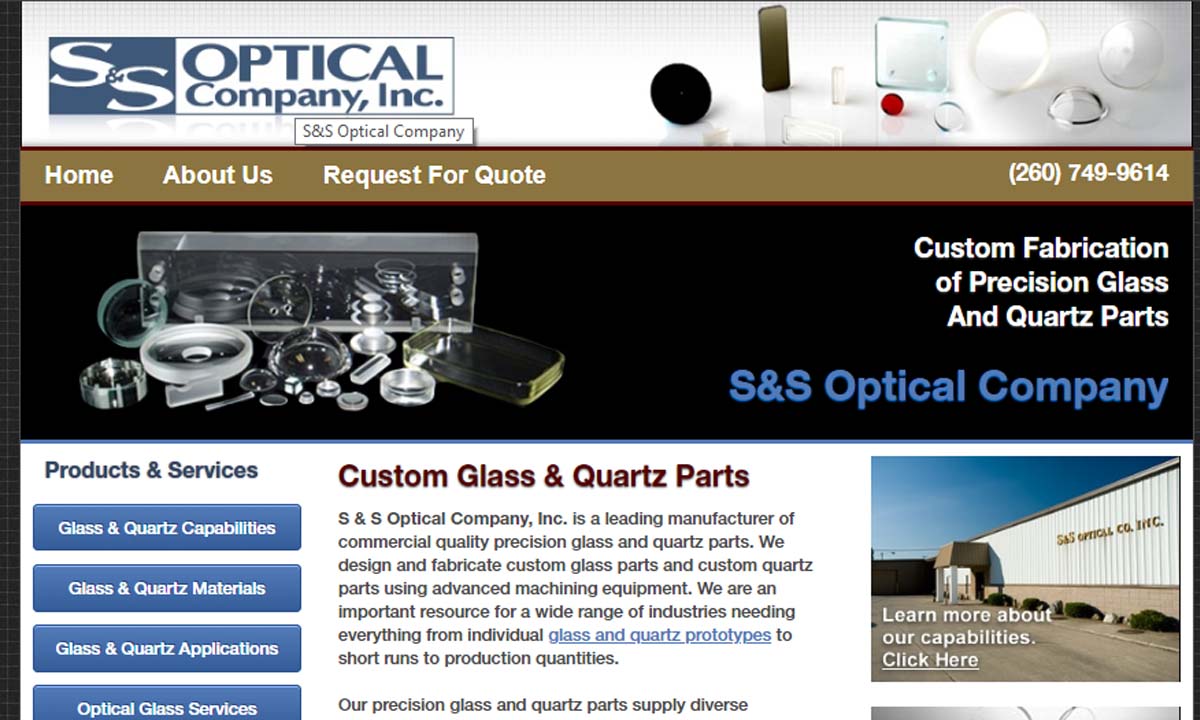
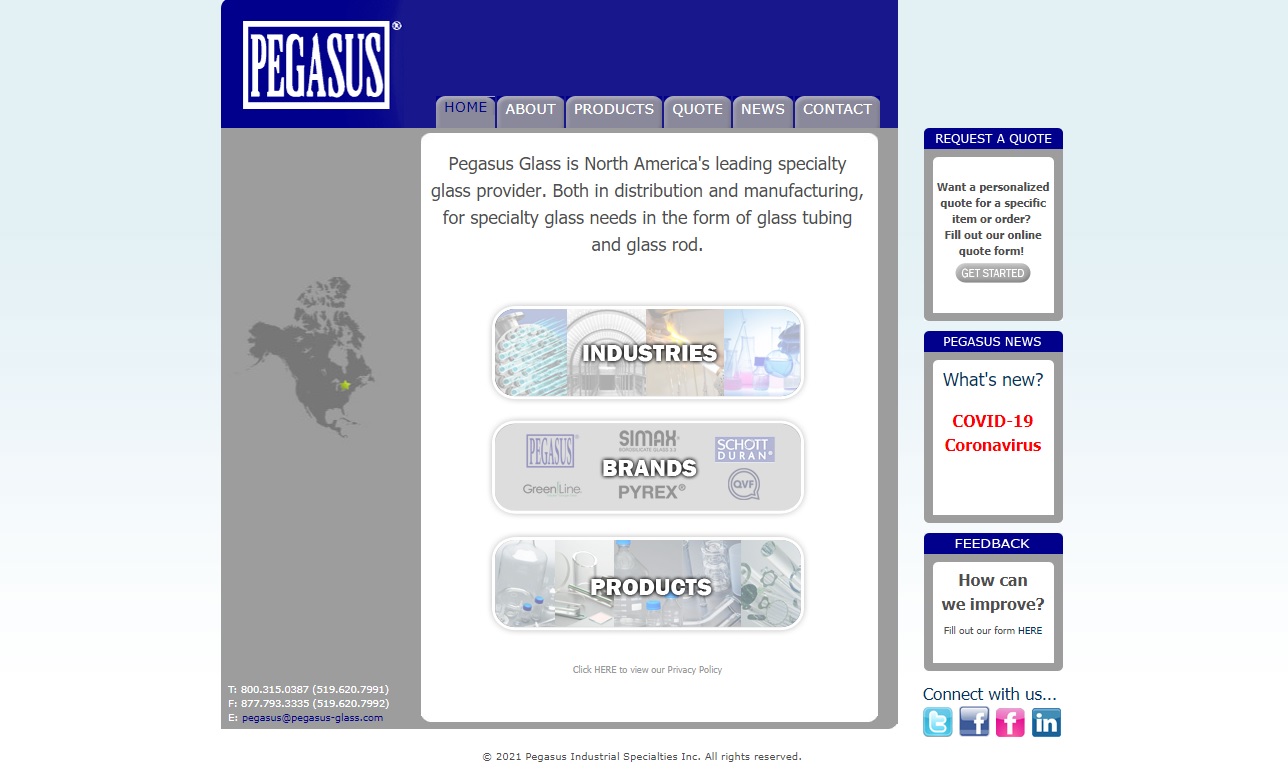
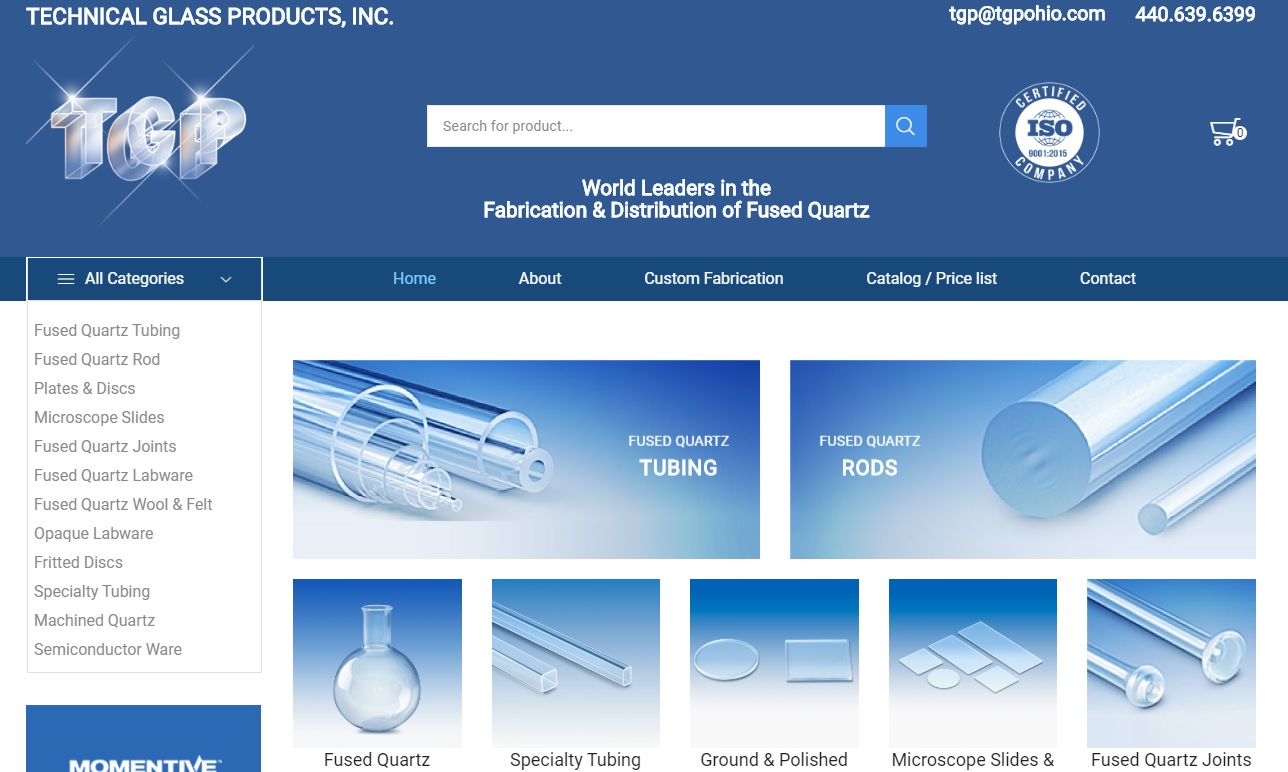

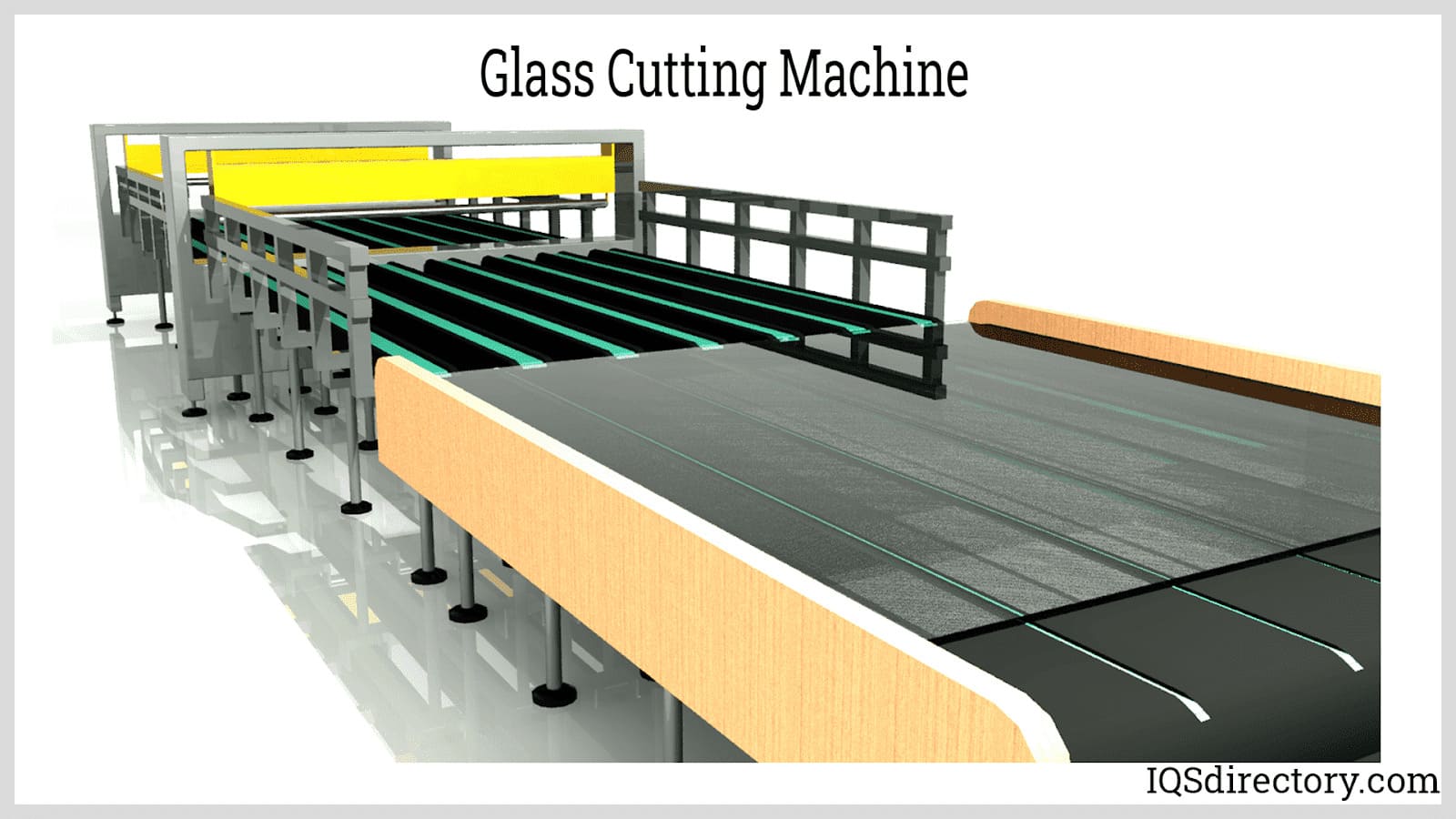
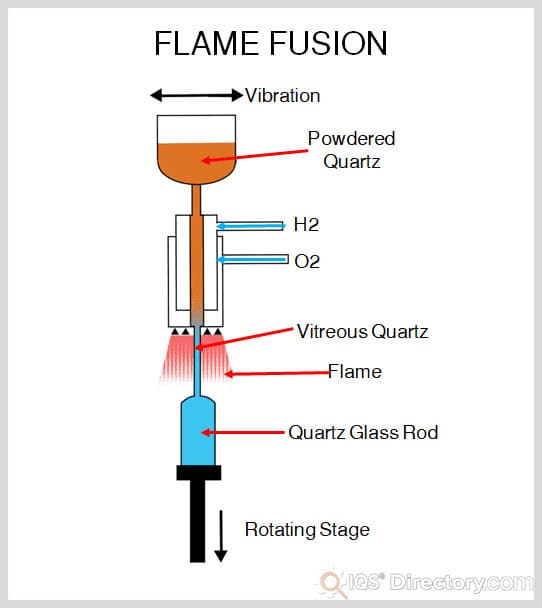
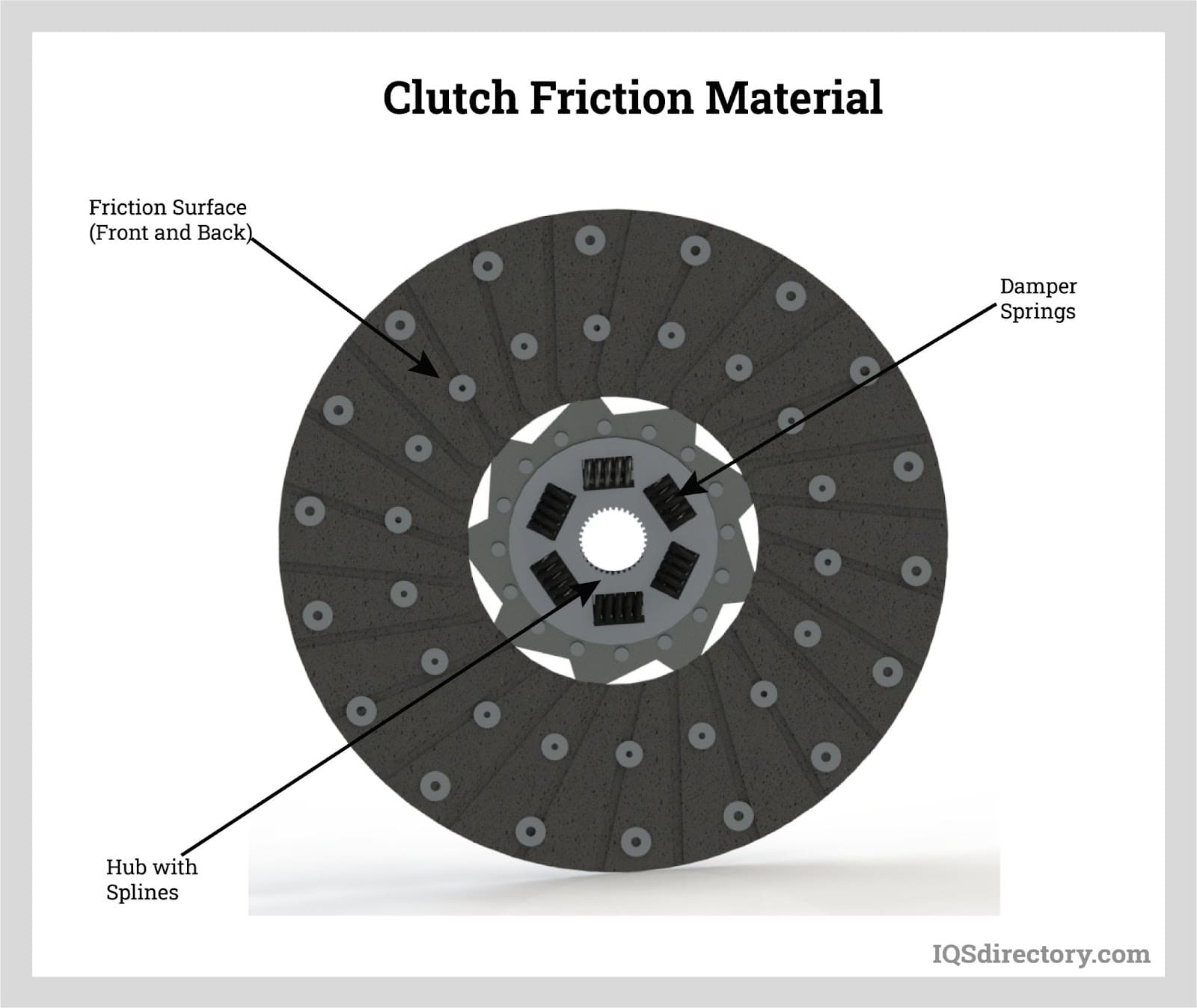
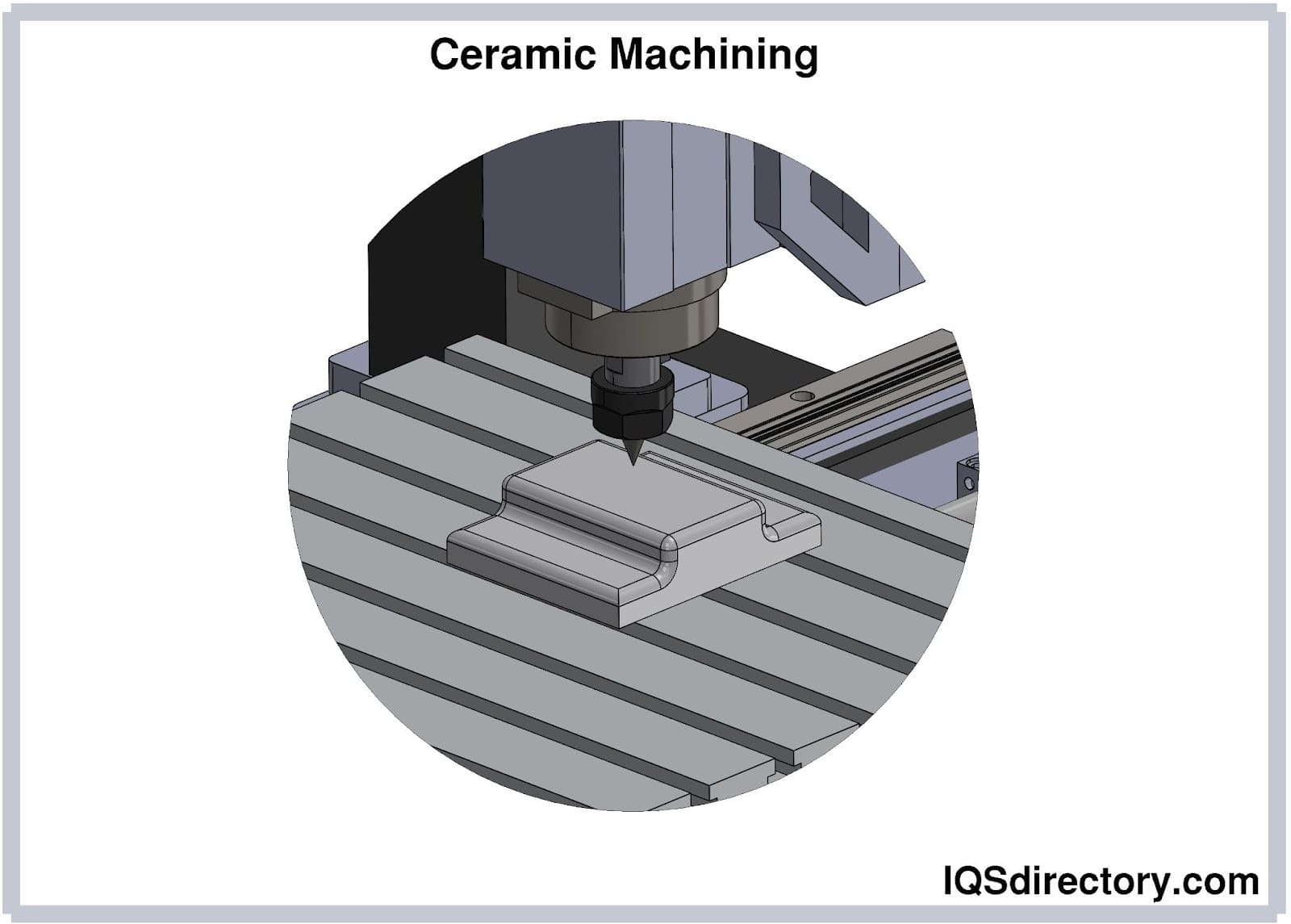
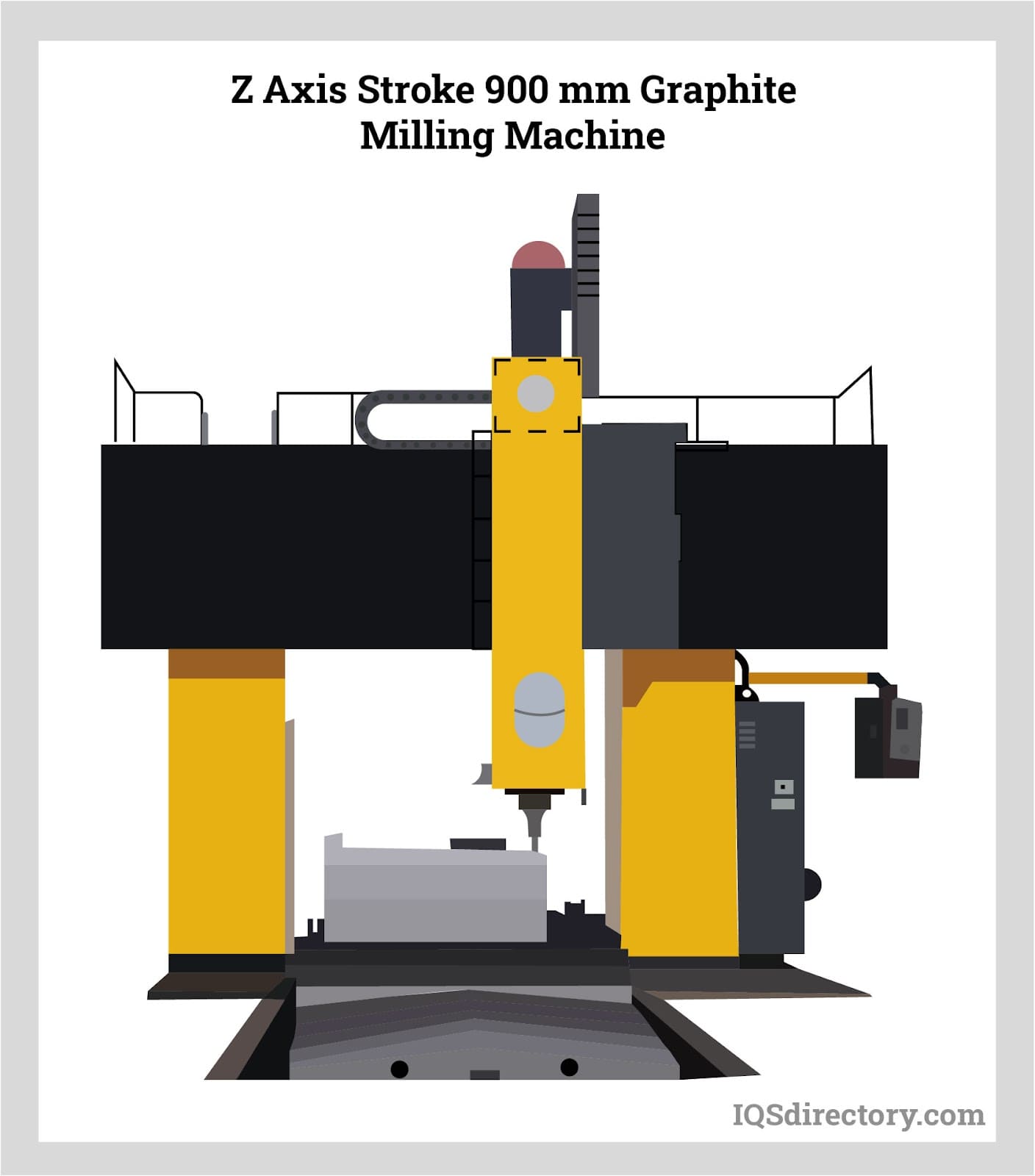
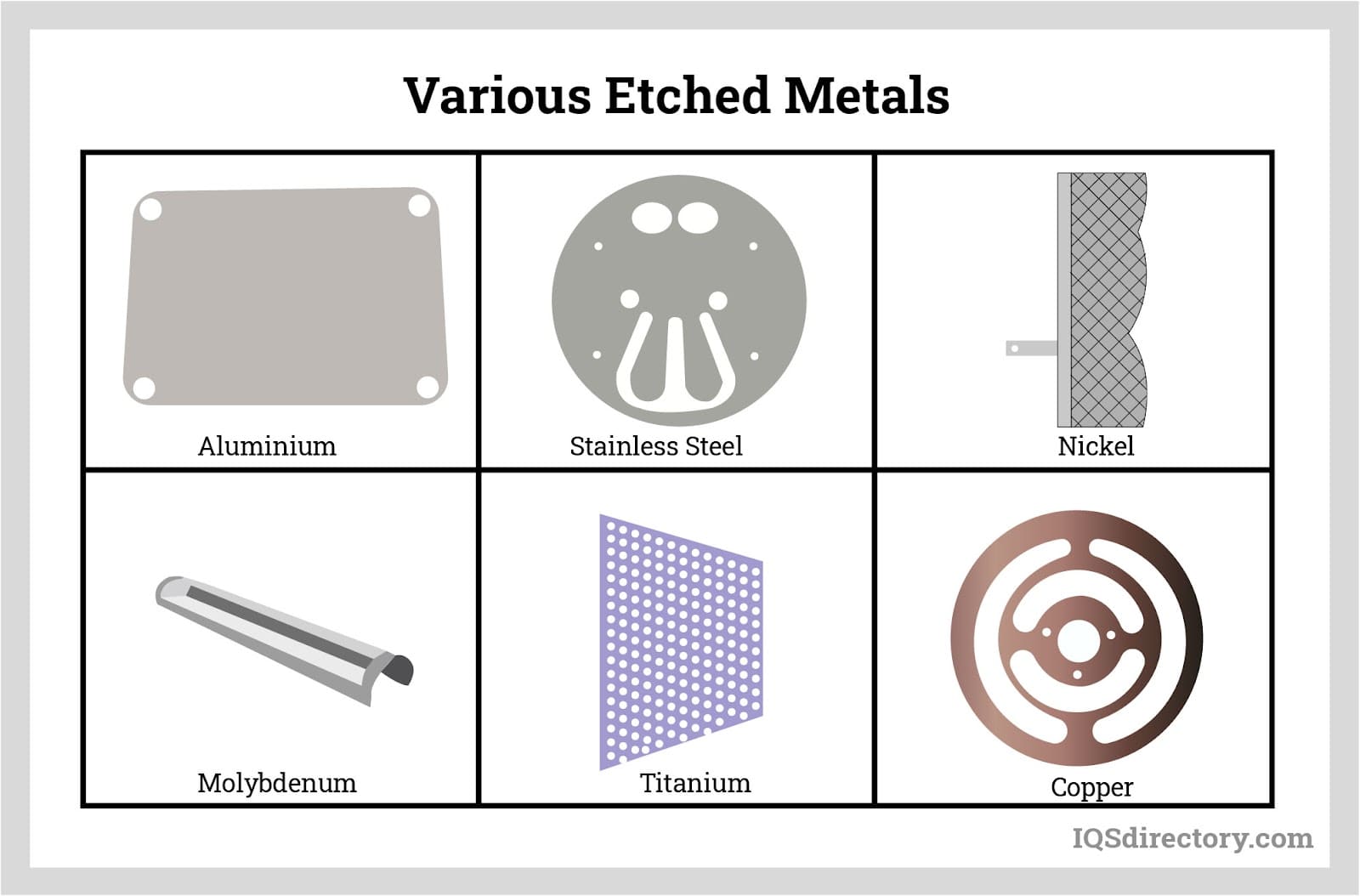
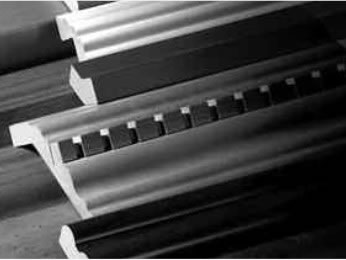 Adhesives
Adhesives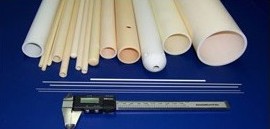 Alumina Ceramic
Alumina Ceramic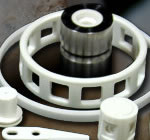 Ceramic
Ceramic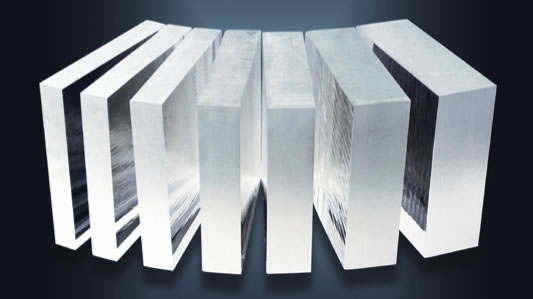 Glass
Glass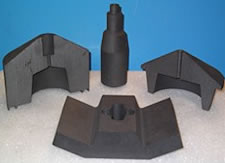 Graphite
Graphite Lubricants
Lubricants Castings & Forgings
Castings & Forgings Bulk Material Handling
Bulk Material Handling Electrical & Electronic Components
Electrical & Electronic Components Flow Instrumentation
Flow Instrumentation Hardware
Hardware Material Handling Equipment
Material Handling Equipment Metal Cutting Services
Metal Cutting Services Metal Forming Services
Metal Forming Services Metal Suppliers
Metal Suppliers Motion Control Products
Motion Control Products Plant & Facility Equipment
Plant & Facility Equipment Plant & Facility Supplies
Plant & Facility Supplies Plastic Molding Processes
Plastic Molding Processes Pumps & Valves
Pumps & Valves Recycling Equipment
Recycling Equipment Rubber Products & Services
Rubber Products & Services